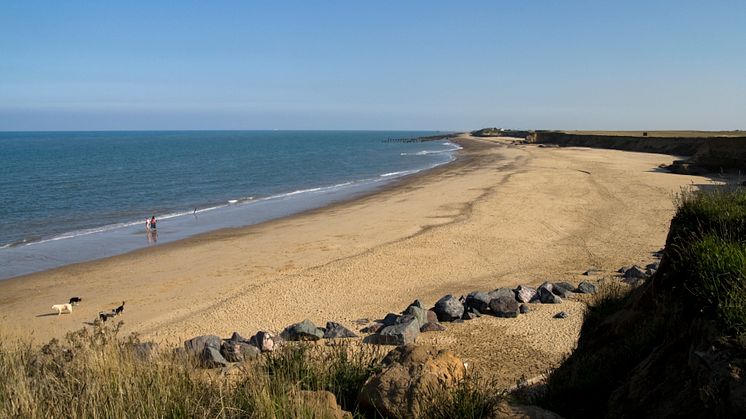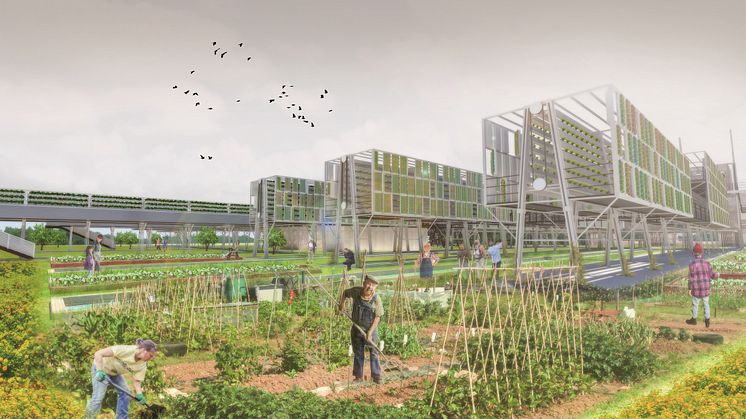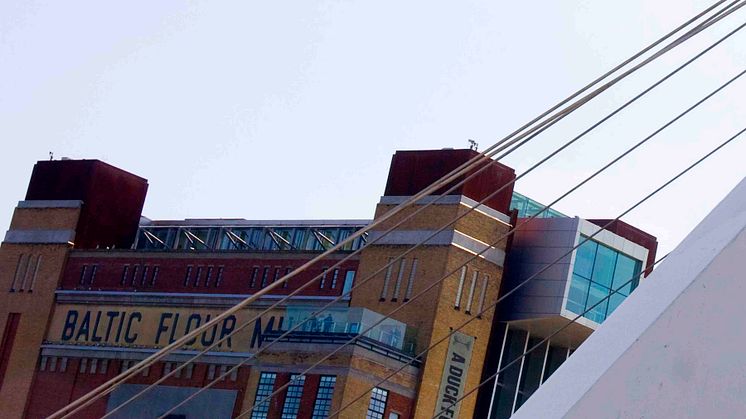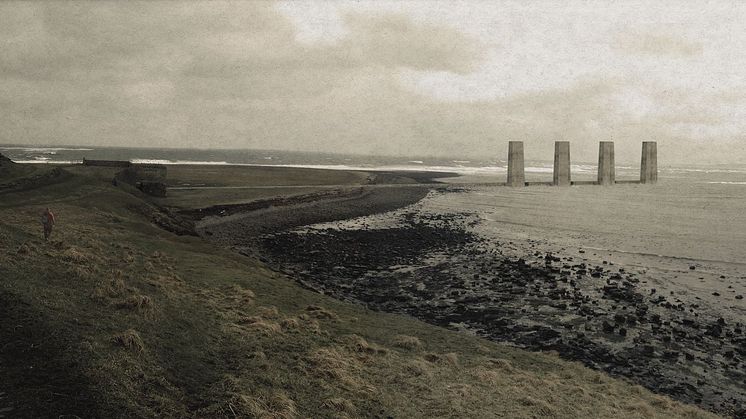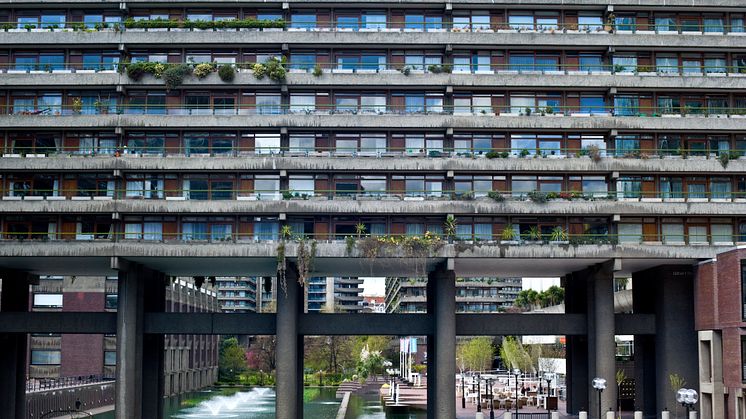
Press release -
COMMENT: Don’t bulldoze Britain’s brutalist housing – it’s culture you can live in
Sebastian Messer, Senior Lecturer in Architecture at Northumbria University, writes about brutalist housing for The Conversation.
According to new regeneration plans, a number of Britain’s brutalist council estates may be bound for the bulldozer. Some may celebrate the news: politicians who believe these estates “design-in” crime; developers whostand to make a profit; or residents who complain that they’re a nightmare to live in.
But there are two strong arguments to be made in defence of these buildings. Firstly, saving them from demolition preserves a period of our architectural heritage. Secondly, refurbishment offers a much more efficient way to create spacious, affordable housing.
Brutalist architecture arose in an era of social mobility, between the mid-1950s and early 1970s. Brutalism was an international style, but one which was supposed to be inflected with local characteristics. Like Art Nouveau half a century earlier, Brutalism took root in places trying to define a new sense of identity in the post-WWII world order – from the UK to Yugoslavia – and was exported as far as Chandigarh, India.
In the UK, brutalist buildings formed the backdrop to the emerging meritocratic society of “Swinging London”. But it was also the architecture of a paternalistic culture: politicians, architects and planners who believed they knew what was good for the masses – domestically and culturally – and were entitled to decide this on their behalf.

Film director Stanley Kubrick captured this tension in his film A Clockwork Orange. Filmed in the new town of Thamesmead – replete with brutalist architecture – the setting was chosen to look futuristic, but also aspirational. As a mise en scène, Thamesmead represented an ordered society in contrast to the ultra-violence meted out in underpasses by the terrifying “droogs”.
These days, brutalist buildings embarrass us – they remind us of another period of European austerity, when we believed things actually could get better. They are bold, concrete memorials to the post-war political consensus: the provision of welfare and universal health care which aspired to provide spacious housing and secure tenure for all. No wonder that today’s politicians – determined to shrink the state – say that something must be done about them.

Of course, that name really doesn’t help. “Brutalism” is a poor Anglicisation of the French “brut”, meaning “raw”. The term had precedent in Art Brut – referring to the paintings by psychiatric patients and children collected by Jean Dubuffet – and the term “Bēton Brut”, or “raw concrete”, which describes the rough, unfinished surfaces of concrete cast in-situ.
The idea was that brutalist buildings would be egalitarian. By exposing the nature of their construction with unpolished facades of raw concrete, the architects sought to elevate the ordinary and everyday to a form of art – which could be appreciated (occupied) by everyone. Of course, this approach was every bit as much of an artifice as the architecture – before and since.
Putting up a fight
With such a rich history at stake, it’s not surprising that architects and academics rally to preserve Britain’s brutalist buildings. For example, architect Timothy Brittain-Catlin defended the Robin Hood Gardens estate by asserting that: “These buildings were not meant to be attractive: in a sense that is the whole point of them.”
This is exactly the sort of statement which gives architects the reputation of being aloof and detached from reality. It generates the predictable response: “It’s all very well for architects to say that, they don’t have to live in them”.
Yet this is a straw man argument. Given the right circumstances, people will choose to live in these buildings – and the key word here is “choose”. Buildings such as the Unite d’Habitation in Marseille, or Trellick Tower in north-west London are cases in point.
An appealing option
While the architects of the brutalist movement might not really have understood the needs of the communities they were trying to accommodate, they certainly did understand their own lifestyles. And this is still the lifestyle of the creative classes and the aspiration of many young professionals.

It is evidently cheaper to refurbish the generously proportioned flats and maisonettes of council estates than to demolish them and to cart off millions of tonnes of concrete to landfill. It is also more sustainable, due to the massive loss of embodied energy and material resources that results from demolishing existing structures. Refurbished, apartments in council estates might well depress the sale price for new developments nearby, which would be a good thing for young people struggling to afford property.
There is a massive shortage of appropriate housing in the UK, especially in the South-East. And it’s not going to be solved by expensive, developer-led flats, which sell primarily as investments and buy-to-lets. Refurbishing council estates offers an economically efficient way to ease this problem and preserve an integral part of our post-war history while we’re at it.
This article was originally published on The Conversation. Read the original article.
Topics
Categories
Northumbria is a research-rich, business-focused, professional university with a global reputation for academic excellence. To find out more about our courses go to www.northumbria.ac.uk
If you have a media enquiry please contact our Media and Communications team at media.communications@northumbria.ac.uk or call 0191 227 4571.








